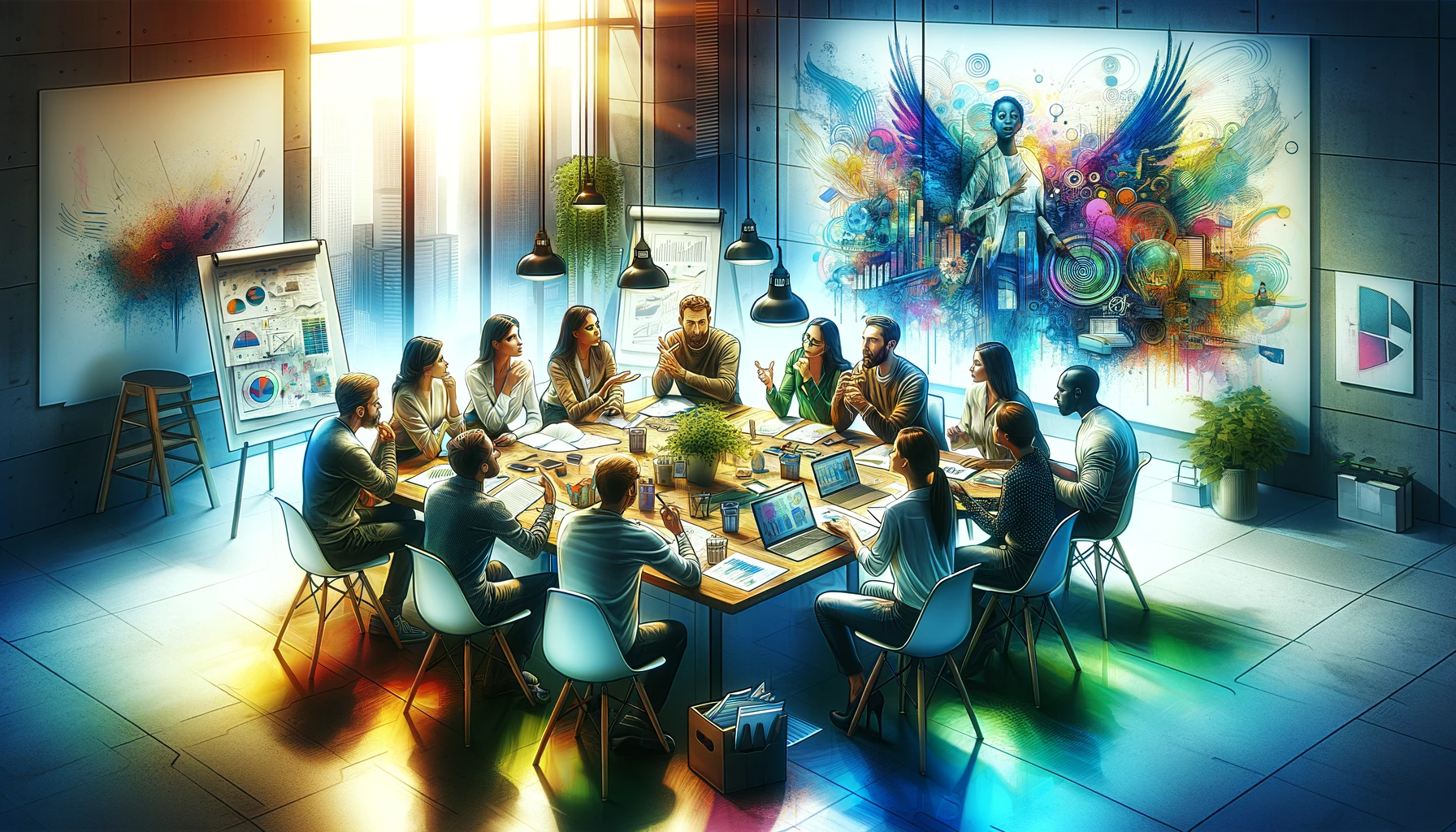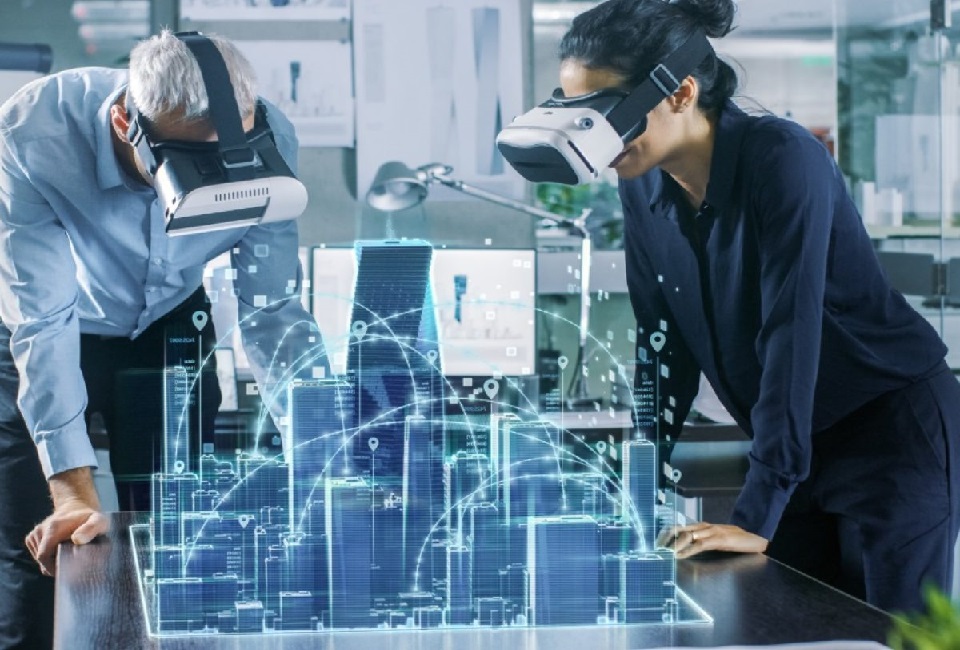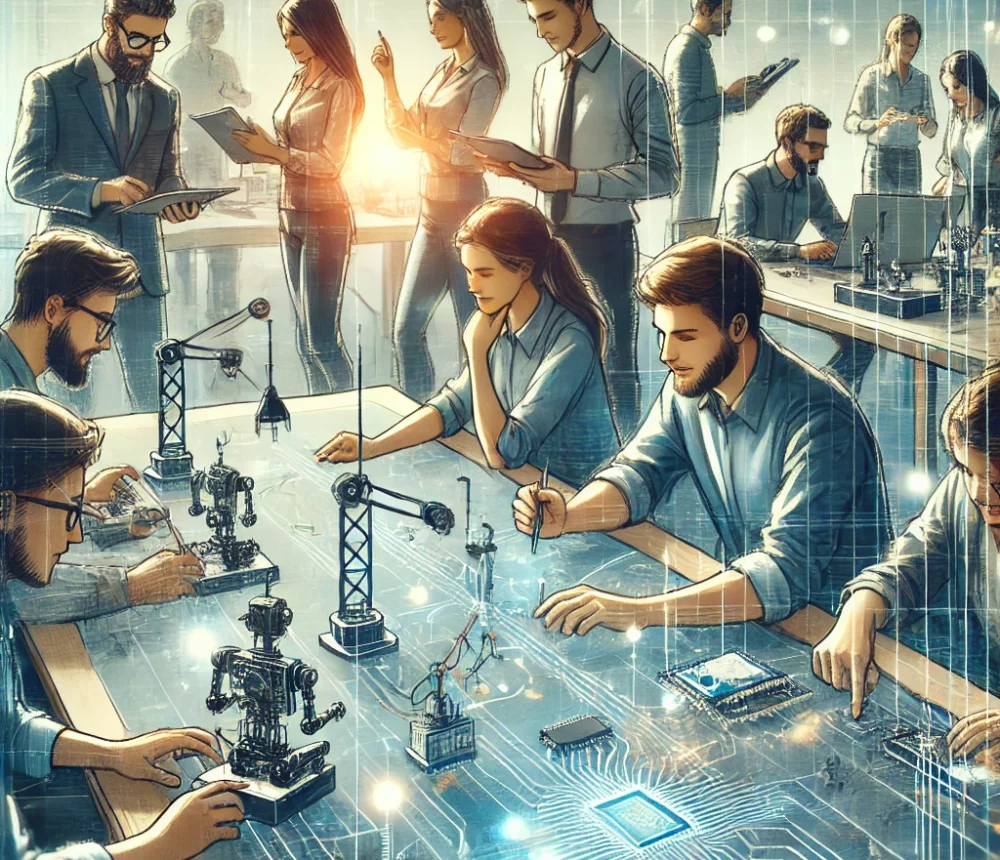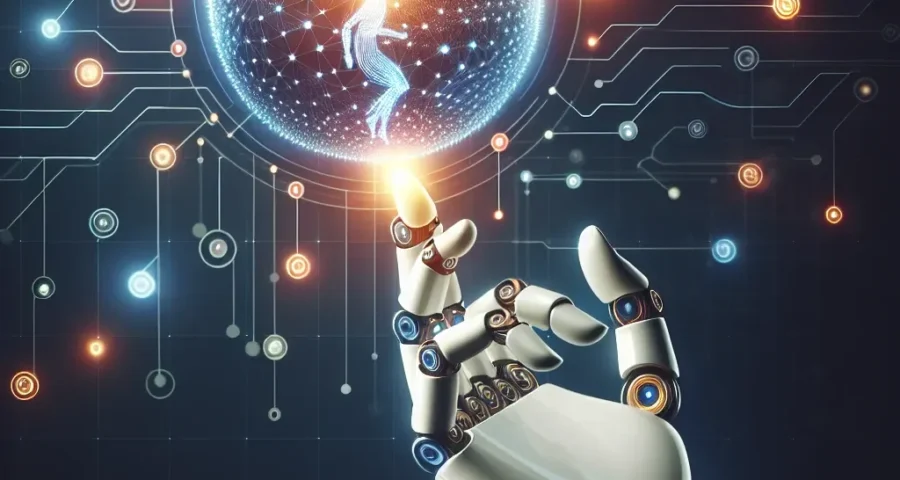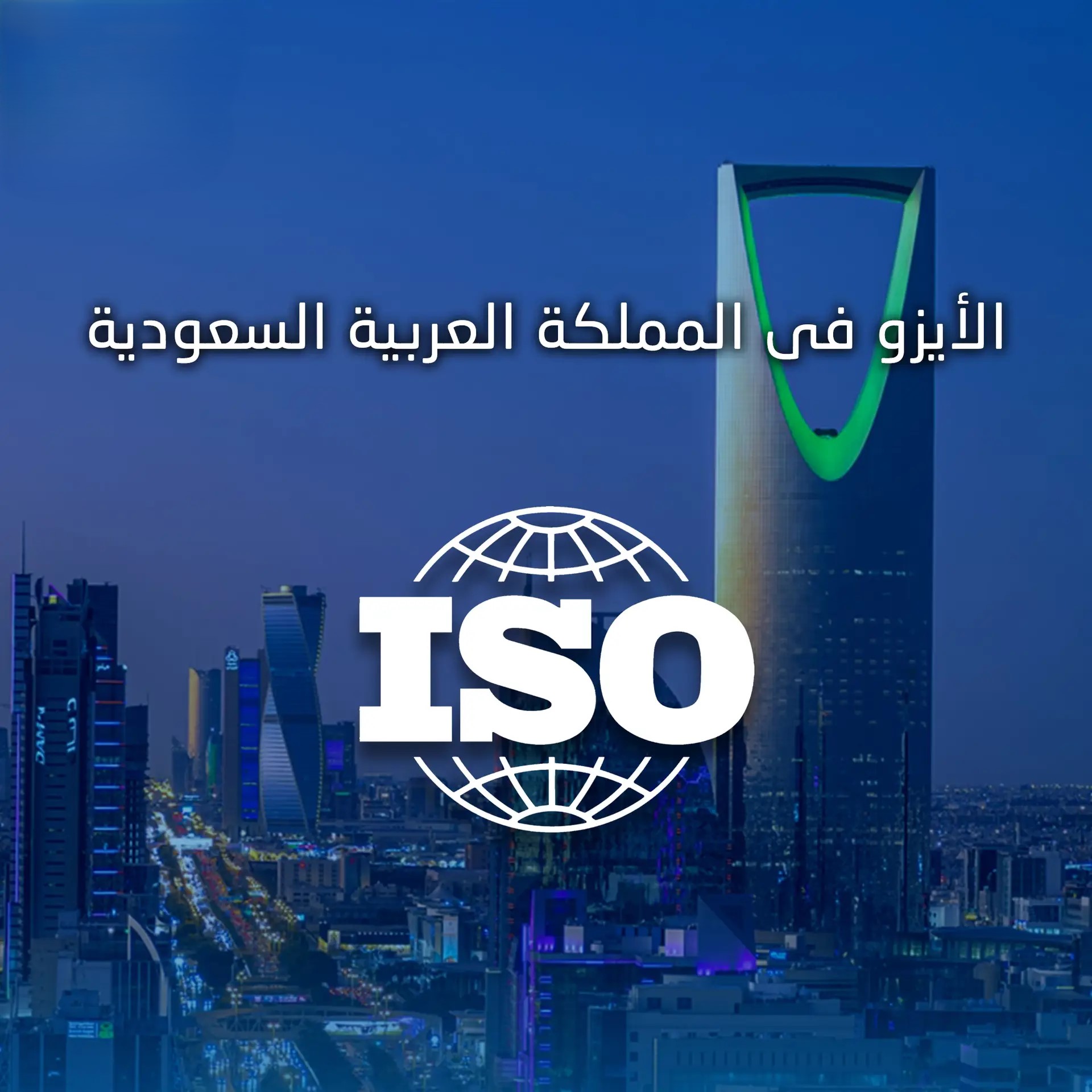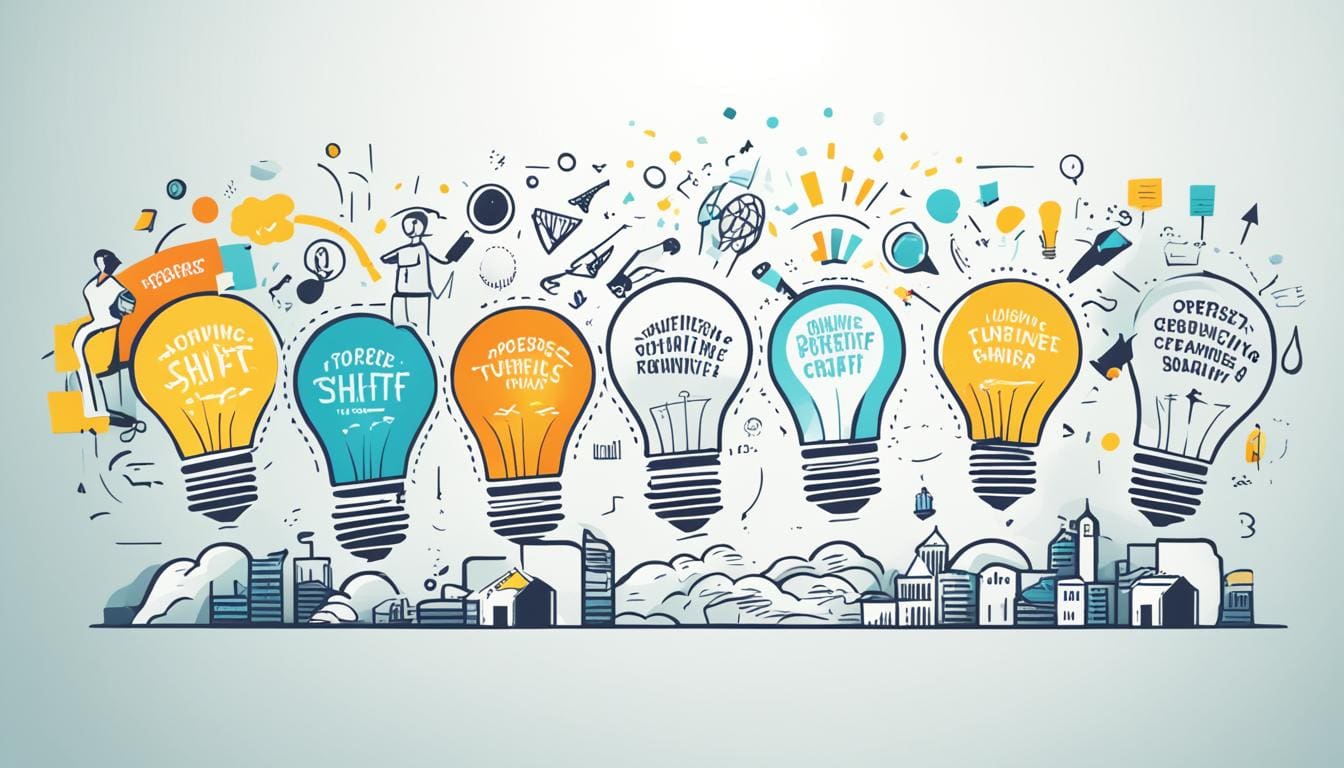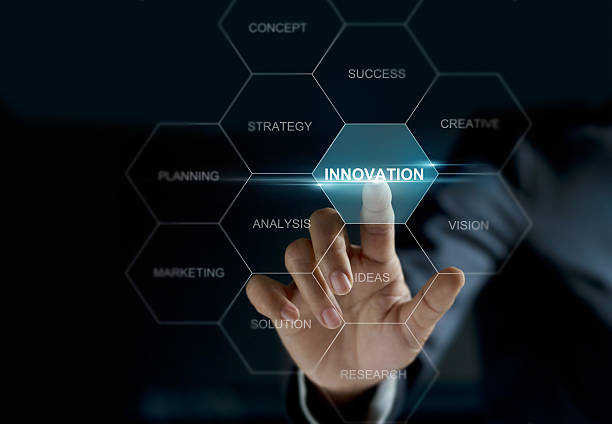Applying creative thinking to projects: practical steps to create effective solutions
Applying creative thinking in projects is one of the most important strategies that helps companies develop new and innovative solutions. Moreover, In light of increasing competition and evolving customer needs, relying on creativity is no longer an added advantage but a necessity. By adopting innovative thinking methodologies, organizations can improve the quality of their work, enhance team efficiency, and develop their ability to solve complex problems.
In this article you will learn practical steps that will help you transform creativity from a theoretical idea into a key element within your project, ensuring better results in the short and long term.
1. Why is applying creative thinking in projects necessary?
Firstly, the success of modern projects depends on the ability to generate new ideas that go beyond traditional solutions. Furthermore, creative thinking allows for understanding problems from multiple perspectives. On the other hand, creativity helps uncover new opportunities that might not appear through conventional, linear thinking.
For example, large companies rely on creativity to develop more attractive services, while work teams invest in innovation to improve internal processes and raise performance efficiency.
2. Understanding the problem is a crucial step before starting to be creative.
Before you begin generating ideas, it is essential to clearly understand the problem. Therefore, any creative process without a thorough analysis of the problem may lead to unsuitable ideas.
Steps to analyze the problem
Firstly: Use the 5 Whys method to get to the root of the problem.
Second: Rely on mind maps to clarify the elements related to the problem.
Third: Use PESTLE analysis to understand the influencing external factors.
Therefore, you will be able to formulate a clear vision that will help you generate more accurate ideas.
3. Building an environment that encourages creativity within the project
To successfully implement creative thinking in projects, a supportive work environment is essential. Furthermore, the more psychologically secure team members feel, the more capable they are of generating new ideas without fear of criticism.
Steps to building a motivating environment
Enhancing cooperation among team members, because exchanging experiences generates innovative ideas.
Use digital tools such as Miro and Notion to facilitate sharing ideas.
Organizing regular brainstorming sessions helps to keep the team constantly motivated.
On the other hand, improving the cognitive environment helps to increase the quality of ideas.
4. Effective methods for generating creative ideas
Once the right environment is in place, the next step is generating ideas. In fact, there are many methods that support all types of thinking, whether individual or collective.
brainstorming
One of the most commonly used methods. However, its sessions must be properly structured to achieve effective results, through:
Set a clear objective for the session.
Encouraging all participants to submit their proposals.
Criticism was prohibited in the first phase of the session.
Gather the ideas and then evaluate them later.
SCAMPER technology
It helps develop an existing idea instead of starting from scratch. Therefore, it can be easily modified or expanded depending on the project’s needs.
Opposite thinking
In many cases, thinking in reverse leads to the discovery of innovative solutions. For example, If you want to improve the customer experience, ask: What usually bothers customers? Then work on reversing it.
5. Transforming creative ideas into clear implementation plans
Generating ideas is an important stage, but what’s even more crucial is the ability to transform them into a viable plan. Therefore, systematic steps must be followed to ensure the idea is implemented correctly.
Detailed planning
Includes:
Defining the primary objectives,
Distributing tasks among team members,
Set a realistic timetable.
Defining Key Performance Indicators (KPIs).
In addition, this planning helps to reduce errors during implementation.
Prototypes
Implementing a prototype allows for testing the idea before full implementation. As a result, the idea can be refined based on feedback gathered from users.
6. Evaluate performance and improve the idea
After implementing the idea comes the evaluation phase. On the other hand, clear performance indicators should be used to help you determine how effective the idea is.
Evaluation methods
Analyzing customer data,
Measuring the response to the idea,
Comparing the results with the predefined objectives.
Therefore, you can identify strengths and areas for improvement and work on them continuously.
7. Establishing creativity as a culture within the organization
It is important that creativity be a core part of the work culture, not just a temporary step. Moreover, Investing in creativity benefits the entire organization.
Steps to promote a culture of creativity
Training employees in creative thinking skills.
Rewarding new ideas,
Providing an environment that encourages experimentation without fear.
In the long run, this leads to the creation of a team capable of constantly evolving and achieving innovative results.
In conclusion, applying creative thinking to projects is key to continuous development and market differentiation. By analyzing problems, generating ideas, transforming them into implementation plans, and then evaluating and improving them, you will be able to build a stronger and more innovative project.
Unleash your creativity with Reins
If you are looking for effective ways to develop your project using creativity, or need professional support to turn your ideas into tangible successes…
The Reins team is ready to guide you step by step.
✔️ Developing innovative solutions
✔️ Supporting project planning
✔️ Analyzing and evaluating performance
✔️ Fostering creative thinking within teams
📩 Contact us now and start your journey towards a more distinctive and creative project.


